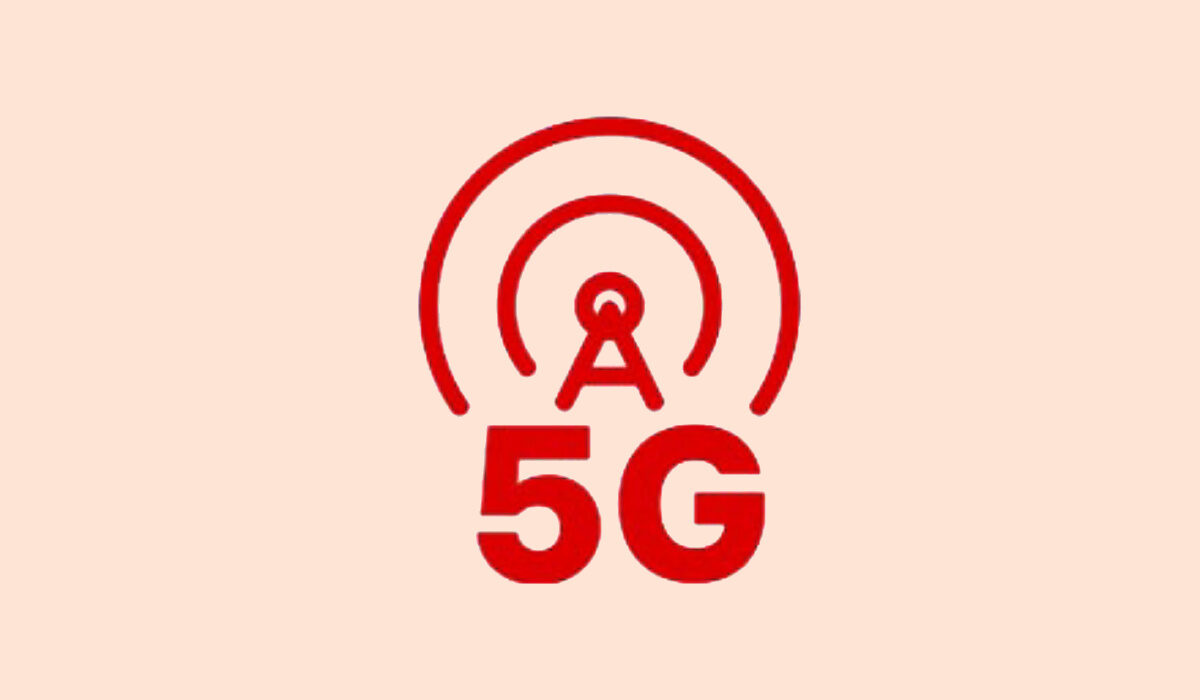There are three types of 5G networks, namely: Low-band 5G, Mid-band 5G, and High-band (mmWave) 5G. Below are quick summaries of these different types of 5G networks, followed by detailed explanations in the sections after.
- Low-band 5G: This is the most widespread type of 5G network and is used by most carriers. It has a longer range and better penetration through walls than other types of 5G networks but suffers from lower speeds.
- Mid-band (C-band) 5G: This type of 5G network offers faster speeds than low-band 5G but has a shorter range.
- High-band (mmWave) 5G: This type of 5G network offers the fastest speeds but has the shortest range and is the least widespread type of 5G network.

Table of Contents
Types of 5G networks: Low-band 5G
Low-band 5G is a type of 5G network that has a frequency range of 600 MHz to 700 MHz. It provides coverage across a large area and has lower speeds than other types of 5G networks. Low-band 5G is also less affected by obstacles like walls and trees than high-band (mmWave) 5G.
Low-band 5G is ideal for providing coverage across a large area and has lower speeds of around 50 Mbps – not much improvement on 4G. This makes it ideal for covering wide outdoor spaces and transmitting data deep into an indoor environment. It is also the easiest type of 5G network to deploy, as it uses existing LTE equipment and resources. This is why it is also the slowest type of 5G.
Types of 5G networks: Mid-band 5G
Mid-band 5G is also called “sub-6GHz” because it includes radio frequencies ranging from 1GHz to 6GHz. Mid-band spectrum is considered perfect for 5G because it can carry plenty of data while traveling significant distances. This is the type of 5G network that has been most popularly deployed in metropolitan areas of the United States till date.
Because of the fair balance between speed and coverage that mid-band 5G provides, it is considered perfect for 5G. In terms of range, it is similar to low-band 5G: (it can transmit network signal over significant range). In terms of capacity, it is similar to high-band 5G (it provides increased capacity for faster speeds and lower latency). Mind-band 5G is also often referred to as C-band 5G.
Types of 5G networks: High-band (mmWave) 5G
High-band (mmWave) 5G is the fastest type of 5G network. It uses frequencies between 24 GHz and 100 GHz. High-band 5G is also called millimeter wave (mmWave) because it uses wavelengths that are measured in millimeters. High-band 5G has the potential to deliver faster speeds than low-band and mid-band 5G, but it has a shorter range and is more easily blocked by obstacles like walls and trees.
High-band (mmWave) 5G offers extremely high bandwidth and low latency. As such, it delivers much faster speeds and less delay to end users. mmWave 5G is excellent for industrial, medical, and military applications, as these use-case scenarios require high network speed and extremely low latency. This is the type of 5G network that delivers multiple Gbps speeds. You can’t be wrong for saying mmWave is “true 5G”. High-band, mmWave is a standalone 5G network.
But mmWave is also the most expensive type of 5G and the most difficult to roll out. It is also the rarest type of 5G. Because of this, not many carriers around the world have deployed High-band (mmWave) 5G. Not many 5G smartphones and routers support it too.
What type of 5G network is the best?
The best type of 5G network depends on what you need it for. If you want the fastest speeds and don’t mind limited coverage, high-band (mmWave) 5G is the way to go. If you want more coverage and don’t need the fastest speeds, low-band 5G is a good choice. Mid-band 5G is a good compromise between speed and coverage.
Deployment of the different types of 5G networks
Most carriers around the world, including in the United States, the UK, Canada, and Australia, Germany and other European Union countries have deployed low-band and mid-band 5G networks. A few have deployed mmWave networks.
All the three major U.S. carriers have rolled out mmWave technology in targeted areas. AT&T calls their mmWave network “5G Plus (5G+)“, Verizon calls theirs “5G Ultra Wideband” (5G UWB), and T-Mobile uses the name “Ultra Capacity 5G“.
In Canada, the most popular type of 5G network is mid-band. The first 5G MMwave private network in Canada was deployed by Terago in March 2023 for industrial use.
In the United Kingdom (UK), the communications regulator, Ofcom, is making moves to make mmWave spectrum available to operators. In the meantime,
In Australia, Telstra, Optus, and Vodafone already have active mmWave 5G networks, albeit in limited deployment in major cities like Sydney, Melbourne, and Brisbane.
References
- Low-band 5G (source)